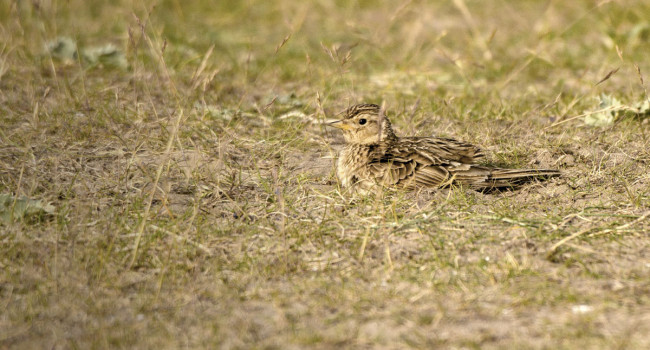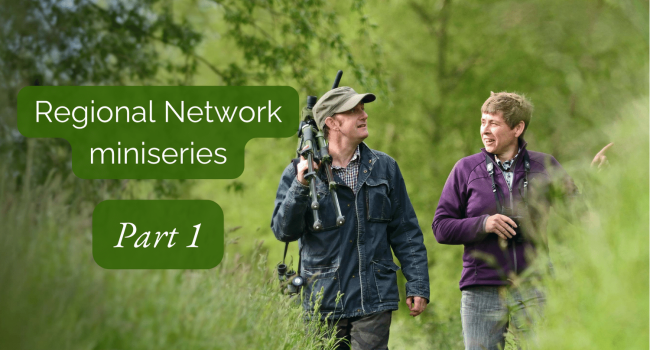Hatching success in Lesser Black-backed Gulls Larus fuscus - an island case study of the effects of egg and nest site quality
Author(s): Ross-Smith, V.H., Johnston, A. & Ferns, P.N.
Published: January 2015
Journal: Seabirds Volume: 28
Download article 543.8 KB application/pdf
Within an avian breeding population, there can be considerable variation in egg and nest site characteristics that have implications for individual reproductive success. Here we present a detailed case study of Lesser Black-backed Gulls Larus fuscus nesting on Flat Holm island, Wales, at a time when the colony was growing. This species is ground-nesting, with a modal clutch size of three. We surveyed 714 nests across the island during two consecutive years and recorded data on nest and egg characteristics, along with hatching success. We modelled how hatching success was associated with clutch size, egg volume, egg laying order and local habitat features, i.e. the amount of vegetation surrounding the nest and each nest's proximity to neighbouring nests. Eggs were most likely to hatch when they were laid in the middle of the season, were large in size, part of big clutches and in nests with a substantial amount of surrounding vegetation. Lesser Black-backed Gull productivity is currently low in many protected rural and coastal colonies throughout this species' range. Detailed information on factors influencing reproductive success could therefore indicate ways in which this species could be better managed to help maintain and conserve breeding populations.
Within an avian breeding population, there can be considerable variation in egg and nest site characteristics that have implications for individual reproductive success. Here we present a detailed case study of Lesser Black-backed Gulls Larus fuscus nesting on Flat Holm island, Wales, at a time when the colony was growing. This species is ground-nesting, with a modal clutch size of three. We surveyed 714 nests across the island during two consecutive years and recorded data on nest and egg characteristics, along with hatching success. We modelled how hatching success was associated with clutch size, egg volume, egg laying order and local habitat features, i.e. the amount of vegetation surrounding the nest and each nest's proximity to neighbouring nests. Eggs were most likely to hatch when they were laid in the middle of the season, were large in size, part of big clutches and in nests with a substantial amount of surrounding vegetation. Lesser Black-backed Gull productivity is currently low in many protected rural and coastal colonies throughout this species' range. Detailed information on factors influencing reproductive success could therefore indicate ways in which this species could be better managed to help maintain and conserve breeding populations.
Staff Author(s)







Share this page